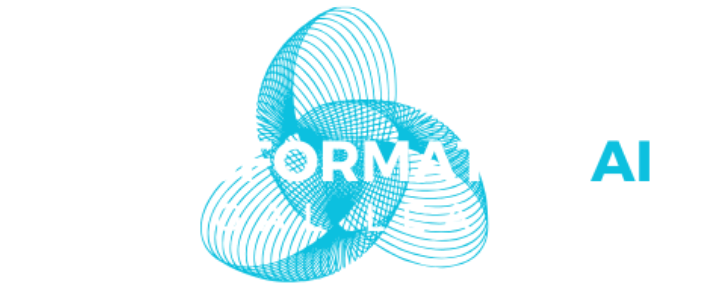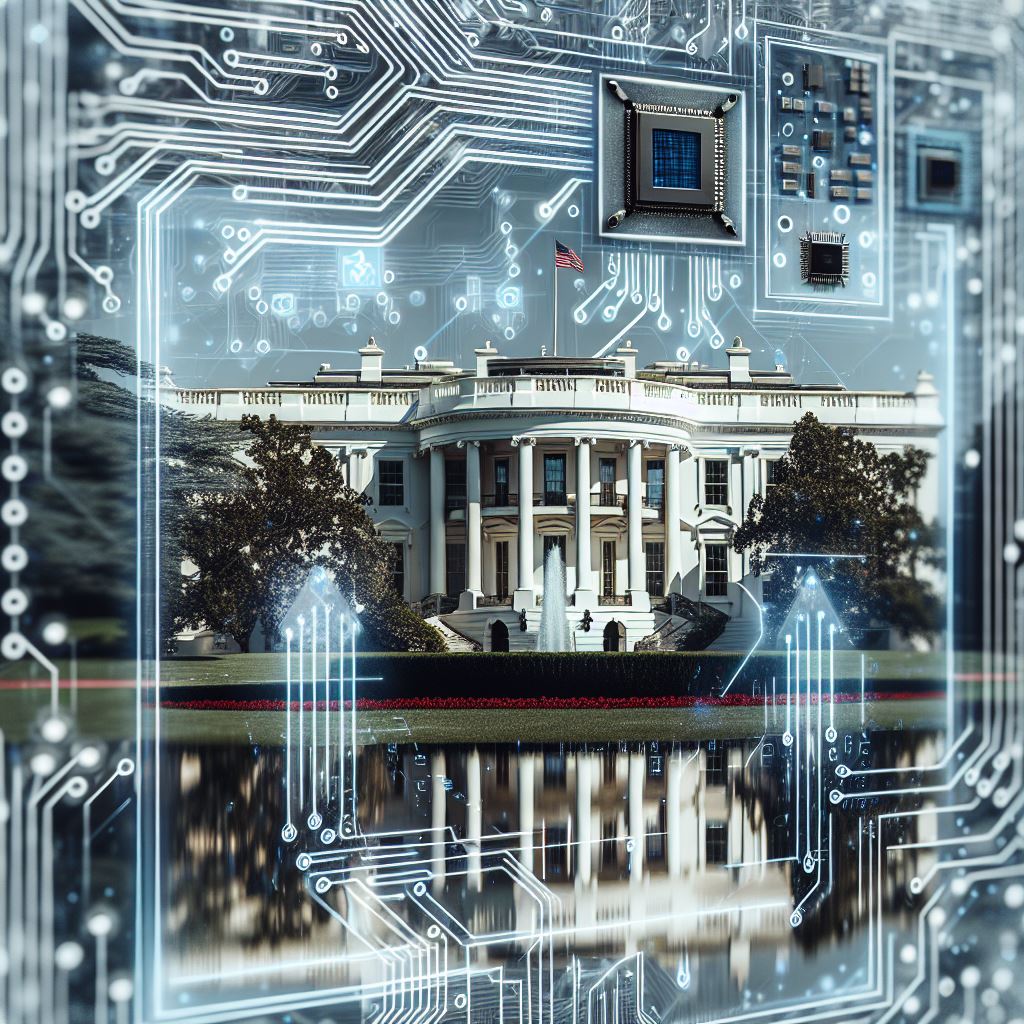The second Trump Administration wasted no time in sharply redirecting the federal government’s approach to artificial intelligence. In the first week of his second term, President Trump made clear that, while AI will remain a priority , the approach that his administration will take with regard to this increasingly important technology will differ significantly from that of his predecessor. The new administration’s actions will widely depart from President Biden’s AI policy, and chart a new course aligned with the incoming administration’s larger deregulatory ethos and America-first foreign policy. Having pledged, on multiple occasions, to do away President Biden’s Executive Order on Safe, Secure, and Trustworthy Development and Use of Artificial Intelligence (the “Biden EO”) on day one of his presidency, Trump fulfilled this campaign promise and officially rescinded the Biden EO (along with a multitude of other executive orders issued by the previous administration) mere hours after taking office. The Biden EO focused primarily on requiring federal agencies to study the impact of AI on various areas, such as cybersecurity, and issue recommendations for further action. Some commentors have pointed out that much of that work had already been completed. One central provision, however, was the obligation for developers of certain powerful AI models to provide information about such models to the federal government prior to deploying them – President Trump’s recission releases the frontier AI labs from this requirement.
President Trump also issued his own net-new executive order regarding AI, aimed primarily at undoing the Biden EO, titled “Removing Barriers to American Leadership in Artificial Intelligence” (the “Trump EO”). The Trump EO seeks to “sustain and enhance America’s global AI dominance in order to promote human flourishing, economic competitiveness, and national security” by “revok[ing] certain existing AI policies and directives that act as barriers to American AI innovation.” To this end, the Trump EO directs “relevant” federal agencies, as determined by the Assistant to the President for Science and Technology , the Special Advisor for AI and Crypto, and the Assistant to the President for National Security Affairs, to review “all policies, directives, regulations, orders, and other actions taken pursuant to” the Biden EO. Based on this review, these agencies must create a plan within 180 days to “suspend, revise, or rescind [any] actions” that are contrary to the purpose of the Trump EO. Notably, this may undo some of the results of the Biden EO that have already been completed, such as the impact studies and related recommendations. Zooming out, President Trump’s removal of the perceived boundaries imposed by the Biden EO is consistent with the new administration’s stated intent to loosen regulations in order to foster economic growth.
The fates of the Biden Administration’s final two actions on AI (read more here) are still uncertain. While each arguably aligns with the goal of preserving the U.S.’s position leader in the AI space, creating some common ground with President Trump’s AI agenda, both also come with certain requirements or restrictions that the new administration may view as unnecessary barriers. In particular, the Diffusion Rules, which limit chip exports to certain countries, have been criticized by manufacturers. On the other hand, the Diffusion Rules seem to be consistent with President Trump’s stated intent to strengthen America’s position vis-à-vis China, as they are aimed to deprive China (among other adversary countries) of advanced microchips and other technology that is vital to AI infrastructure.
Beyond government action, President Trump also touted a $500 billion AI infrastructure partnership, dubbed the Stargate Project, representing a joint venture by a number of AI industry players, including OpenAI, Oracle, and SoftBank. Stargate will include, among other initiatives, the construction of new data centers intended to develop and train next-generation AI models. Executives including Sam Altman, Larry Ellison, and Masayoshi Son, all praised President Trump’s role in making the project possible. While initial plans on the project had been in the works since at least March of 2024, Trump’s full-throated support for Stargate may help to inspire other similar cooperative endeavors.
Overall, President Trump’s initial actions in his second term have marked a significant shift in the federal outlook on artificial intelligence. With the emergence of new, powerful AI models, especially the recently released DeepSeek by a Chinese startup company, the focus on protecting the U.S.’s advantage in the AI sector is perhaps more apropos than ever. While the ultimate contours of the administration’s approach have yet to be fleshed out, it is clear that AI will remain a focal point of U.S. federal policy.
Ben Mishkin and Daniel Kilburn are attorneys in Cozen O’Connor’s Technology, Privacy & Data Security practice.







